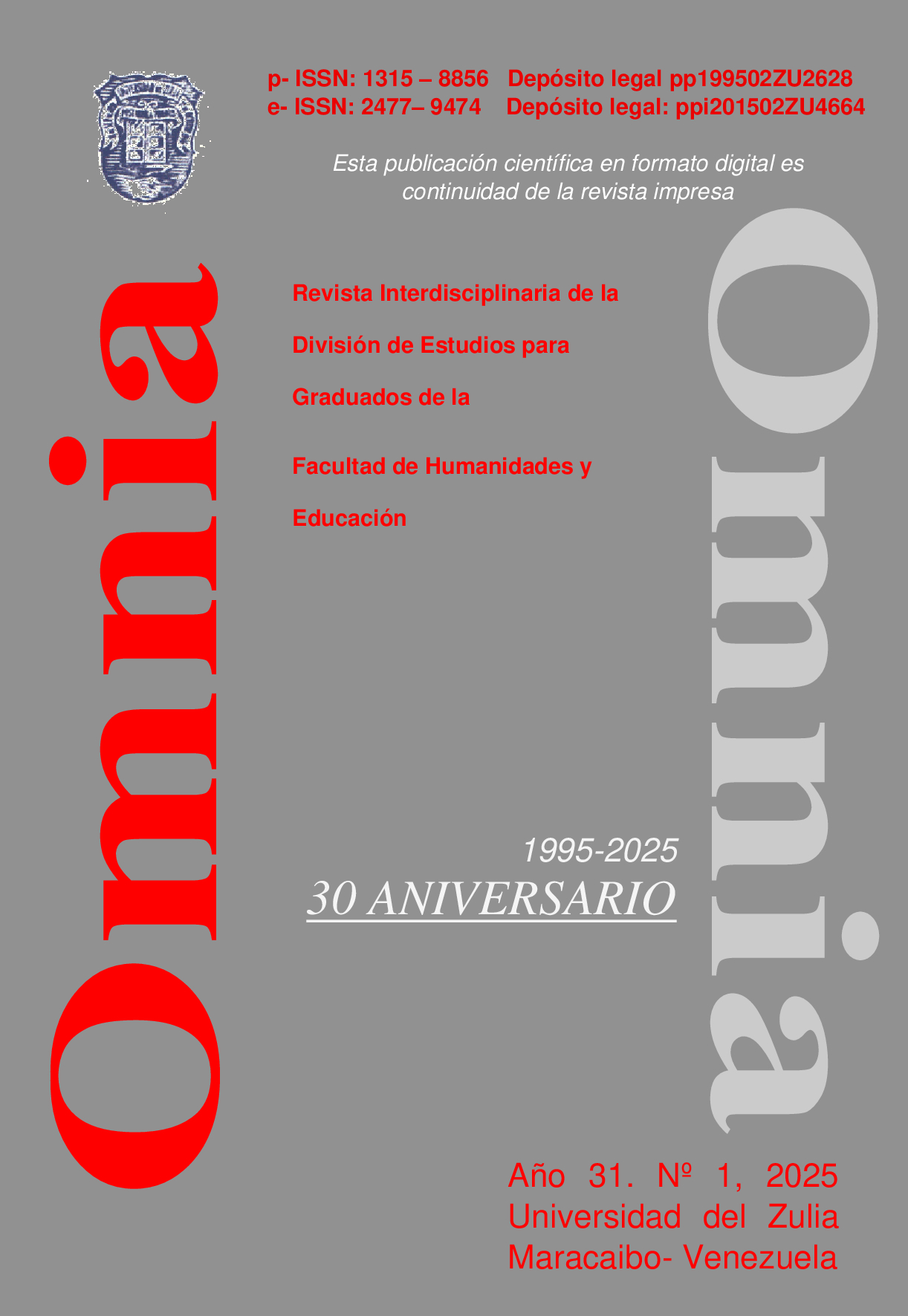A classroom experience from linear algebra with GeoGebra 3D
Abstract
The use of technological tools such as GeoGebra 3D allows the application of pedagogical strategies for the understanding of definitions and geometric construction processes in the subject of linear algebra, so this work is based on contributions such as Van Hiele (1999), Gardner (2015), Torres, et al (2021), Campo, et al (2021), among others. Methodologically, it has a qualitative approach, applying active observation in the development of a class for the analysis of the experiences of the students. Among the results, it was found that the use of GeoGebra 3D facilitates the understanding of the behavior of the geometric elements that are necessary for the representation of vectors and lines in space. It is concluded that the experience of the students was satisfactory, due to the ease of geometric representation that this technological assistant has, providing a greater field of visualization by the perspectives, but also, a greater understanding of the algebraic processes involved in the use of vectors and the vector equation of the straight line in was noted
Downloads
References
Flores, Francisco., Vásquez, Claudio y González, Felipe (2021). El uso de las TIC en la enseñanza de conceptos geométricos en la educa-ción básica. RIDE Revista Iberoamericana para la Investigación y el Desarrollo Educativo, 12 (23), 1-30. https://doi.org/10.23913/ride.v12i23.1024.
Gardner, Howard (2015). Inteligencias Múltiples. La teoría en la prác-tica. PAIDÓS Educación. Barcelona, España.
Hernández-Sampieri, Roberto y Mendoza, Christian (2018). Metodolo-gía de la investigación. Las rutas cuantitativas, cualitativas y mixtas. McGrawHill. México.
Ministerio de Educación Nacional MEN (1998). Matemáticas. Linea-mientos Curriculares. Bogotá. Disponible en: https://www.mine-ducacion-.gov.co/1621/articles89869_archivo_pdf9.pdf.
Mora Saavedra, Juan Carlos (2020). Geogebra como herramienta de transformación educativa en Matemática. Mamakuna, (14), pp. 70–81. Recuperado a partir de https://revistas.unae.edu.ec/index.-php/mamakuna-/article/view/349.
Ñaupas, Humberto; Valdivia, Marcelino; Palacios, Jesús y Romero, Hu-go. (2018). Metodología de la investigación cuantitativa – cuali-tativa y redacción de la tesis. Quinta Edición, Ediciones de la U, Bogotá.
Poole, David (2011). Álgebra lineal, Una introducción moderna. Cen-gage Learning Editores. Tercera Edición. México, D.F.
Rodríguez, Ana., Hernández, Albert y Merchán, Martha (2023). Estrate-gia didáctica de diseño artístico para el desarrollo del pensamiento geométrico espacial. I+D Revista de Investigaciones, 18(1), 58-75. https://www.udi.edu-.co/revistainvestigaciones/index.php/ID/article/-view/362.
Rodríguez, Lissette., Pérez, Andel., Quero, Oetelio y Rodríguez, Neisy (2021). Tipos de tareas docentes con GeoGebra en la enseñanza de la Matemática. Números, Revista de Didáctica de las Matemáti-cas, 107, 147-167. http://www.sinewton.org/numeros/numeros/107/.-Geogebra.pdf.
Sambrano, Jazmín (2020). Métodos de investigación. Alpha Editorial. 1er Edición. Bogotá.
Van Hiele, Pierre (1999). Developing geometric thinking through activ-ities that begin with play. Teaching Children Mathematics. (6), 310-316. https://www.numbersense.co.za/wp-content/uploads/2020/07/Van-Hiele_learning-through-play.pdf.
Vega, Fabián y Ramírez, Gimeno (2019). Lúdica y comunidad en el desarrollo del pensamiento geométrico. EDUCACIÓN Y CIEN-CIA, (22), 489 -504. https://revistas.uptc.edu.co/index.php/educacion_y_-ciencia/article/view/10067.





